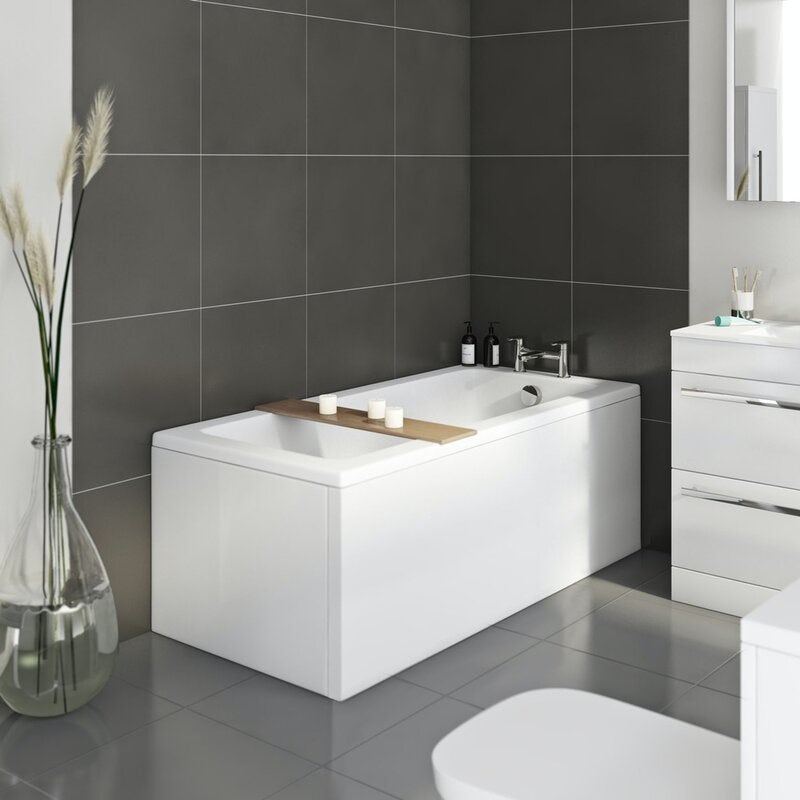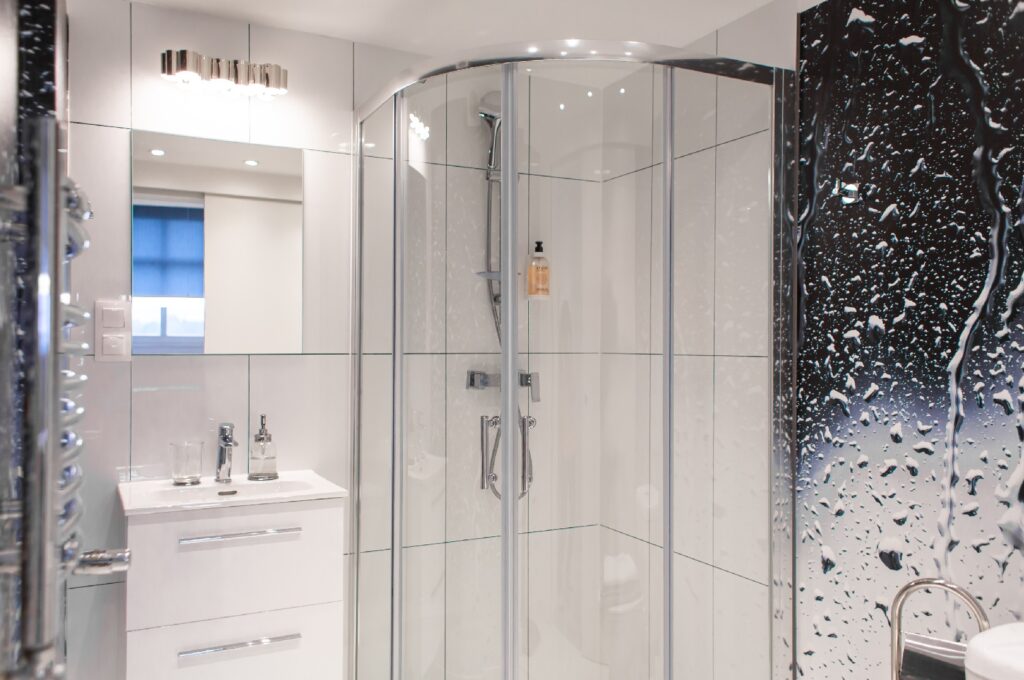{Visit Our Website
What're your thoughts regarding Finding the Right Plumbing Expert?

Acrylic bathrooms, shower trays, and various other acrylic bathroom ware have become extra usual in restrooms in recent times. Thanks to contemporary chemistry we now have choices to enamel and ceramic materials for restroom fixtures. These consist of plastic products and also different polers. Though not as classy and also sturdy as enamel and porcelain baths and also fixtures, they are much more inexpensive as well as serve virtually the very same fundamental objective. These products are simple to produce, store, and transport as well as in the incidence of damages, they are quickly fixed. Some usual examples of damages to acrylic bathroom components consist of staining, fractures, holes, etc. Allow's have a look at a few of these issues and also fast ways of fixing them.
Bathroom Staining
With extended use of acrylic baths comes staining or discoloration. While some spots can be removed quickly, utilizing unique chemicals, others need that the bathroom be resprayed. It is important to keep in mind that bleach or detergents do very little in eliminating such staining and also they might even worsen it. Many times, these cleansing representatives induce discoloration in time. Aromatherapy oils loosen the dust sometimes thus recovering the bathroom to its previous magnificence. Cleansing and also polishing also in some cases. For more stubborn stains, you will certainly need a brand-new layer of covering. This kind of repairing will need a specialist.
Chain reaction
In some cases, people attempt to repaint the entire surface area of their acrylic bath by themselves either because they do not such as the color to conceal acnes. However, when they do not such as the end result, they use paint removers. You need to never ever use paint cleaner on acrylic bathrooms. Paint cleaners do not respond with the surface of metal bathrooms, they damage acrylic bathrooms irreversibly. This creates even more benefit the expert. The very best strategy below is to call an expert for aid with replacing the bath.
Scraped shower or bath surface
Acrylic washroom components are not abrasion-resistant like enamel varieties. They are extra vulnerable to scratches as well as much less long lasting. Being an extremely soft product, acrylic scrapes can also be hidden without finishing or filling. For these, you need to look for specialist help for your bath repairs. As a prevention pointer, prevent making use of rough sponges when cleansing. Rather, you must make use of a straightforward fluid cleanser with a soft pad.
Cracked Polymer Baths
The lifespan of acrylic as well as fiberglass baths depends on 15-20 years for shower pans and also bathrooms, typically. Fractures in an acrylic shower tray are most likely amongst the simplest issues to fix for a repair service expert. The most effective part is you get to see the outcomes nearly instantly. This coincides for PVC, resin, and various other such products. A min fracture need to be addressed on schedule prior to it spreads additional resulting in a lot more serious damage. While these can be chosen a spending plan tackily, a professional can aid you get it finished with more finesse for a cost. Quick house fixes can be made with epoxy materials however if the outcome turns out badly, this would make the repair a lot more tough for a specialist.
Polymer baths, shower trays, and also various other acrylic restroom ware have come to be extra usual in washrooms in recent times. With extended usage of acrylic bathrooms comes discoloration or staining. You must never use paint eliminator on acrylic bathrooms. Paint eliminators do not react with the surface area of steel baths, they damage acrylic bathrooms irreversibly. The life expectancy of acrylic and also fiberglass baths is up to 15-20 years for shower pans as well as baths, typically.
How to clean Acrylic shower
USE THESE NON-ABRASIVE CLEANERS
We recommend that you clean your acrylic bathing product made of Delta ProCrylic or Acrylic with Innovex Technology with non-abrasive soaps and cleaners, such as:
- Dishwashing detergent
- Power Bathroom Cleaner
- CLR® Bath & Kitchen® Cleaner
- Formula 409® All-Purpose Cleaner
- Iron Out® Rust Stain Remover
When it’s time to clean, always use a terry cloth towel, soft cloth or sponge to avoid scratching the acrylic surface. Don’t use abrasive scrubbing pads, steel wool or sponges, cause permanent damage to the acrylic material. If you use a drain cleaner or clog remover, be sure to rinse thoroughly with water so no product is left standing near the drain.
Some chemicals and cleaners may deteriorate acrylic surfaces, causing cracks and, potentially, property damage. To avoid this, don’t use cleaning products that state on their label that they are not suitable for use on Acrylic, ABS, Polystyrene or Plastic. Be sure to check the label of any product before you apply it to the surface; it’s easier to avoid damage than to try to remedy it.
DO NOT USE THESE CLEANERS
Chemicals we do not recommend using to clean acrylic showers/tubs:
- Solvents (turpentine, lacquer thinner, mineral spirits, paint thinner, MEK, xylene, acetone, naphtha, etc.)
- Simple Green® All-Purpose Cleaner
- Pine-Sol® Original
- Scrubbing Bubbles® Cleaner
- Tilex® Bathroom Cleaner
- The Works® Tub & Shower Cleaner
- Lysol® with Hydrogen Peroxide Multi-Purpose Cleaner
- Windex® Vinegar Multi-Surface Cleaner
Sealant Application Tips
When you’re ready to apply sealant, a little planning goes a long way. Pick up some painter’s tape and use it to mask off the seam to help make cleaning up easier. When you’re applying the bead, use a constant, steady speed to avoid an uneven finish. Use a caulk tool or a plastic spoon to work the sealant into the joint. Wetting the tool with denatured alcohol will help create a smooth finish. Follow the directions on the back of the tube for cure time.
Certain chemicals and cleaners may deteriorate acrylic surfaces, causing cracks and, potentially, property damage. After you’re finished applying it, clean up the product surface and remove any excess sealant with denatured alcohol. Don’t use solvents (turpentine, lacquer thinner, mineral spirits, paint thinner, MEK, xylene, acetone, naphtha, etc.) that can wreak havoc on an acrylic surface.
With a little care and consideration, you can prevent damage to your acrylic shower or tub. Keep a supply of soft cloths handy and remove any damaging products or abrasive scrubbing items from the bathroom to ensure they aren’t around when it’s time to clean.
https://www.deltafaucet.com/design-innovation/inspiredliving/how-to-clean-acrylic-shower

We are very curious about 6 Things to Know About When Hiring a Plumbing Services and I'm hoping you enjoyed the blog post. Don't hesitate to take the opportunity to share this blog if you enjoyed it. Thank you for your time. Come back soon.
Book-Now
Comments on “5 Things No One Informs You about Shower & Tub Wall Surface Panels”